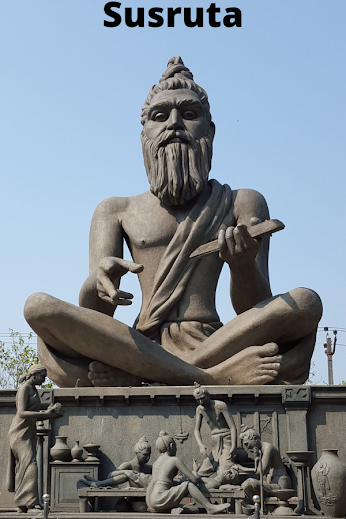Ayurveda and Shiva: The Great God (Mahadeva)

Shiva is the most celebrated God in Hindusinm and is called as "Mahadeva" as he is the 'God of all other Gods' or 'The great God'. This Sanskrit term 'Shiva' means 'The auspicious one' and also 'which is not'. He comes under the "Trimurti" or "Trideva" both meant fot 'The three Gods' or ' God's Trinity' which includes the 'Brahma' i.e. 'The creator' of the Universe/ cosmos, 'Vishnu' i.e. 'The preserver' of the Universe/cosmos and Siva as "The destroyer". Shiva In Hiduism it very popular and most loveable God best known for its gentle sight which helps the devotee to connect him in the easiest way possible. At the same time he is mentioned as "Bhola" beacuse of his simple heart. Shiva is married to the "Parvati" the supreme power of the Universe sometimes also called as 'Shakti'. Shiva is 'Ajanma' which does...
















